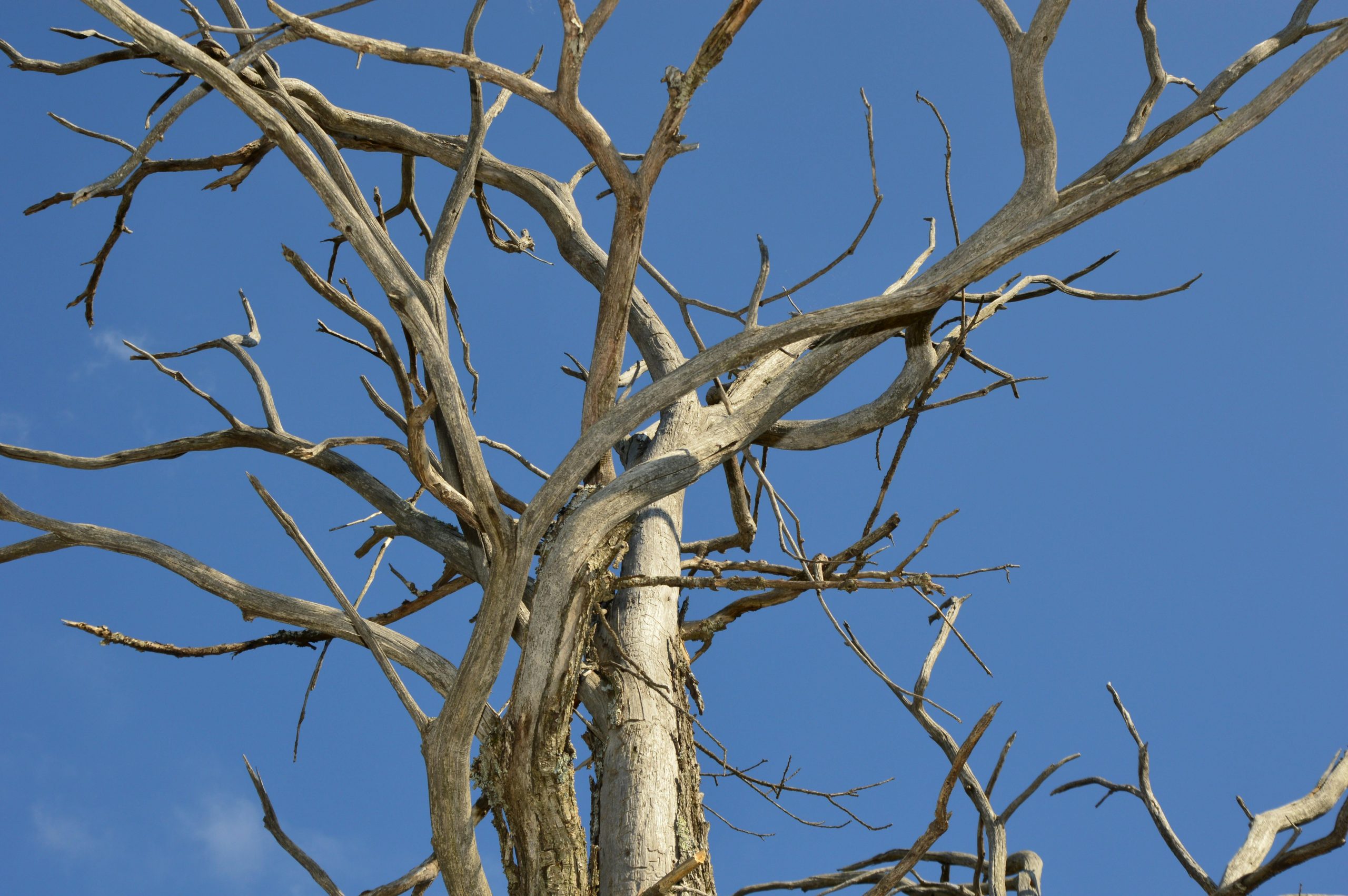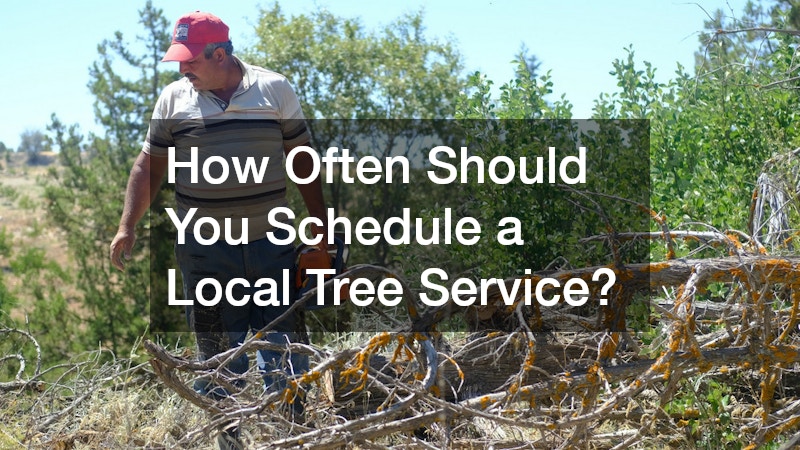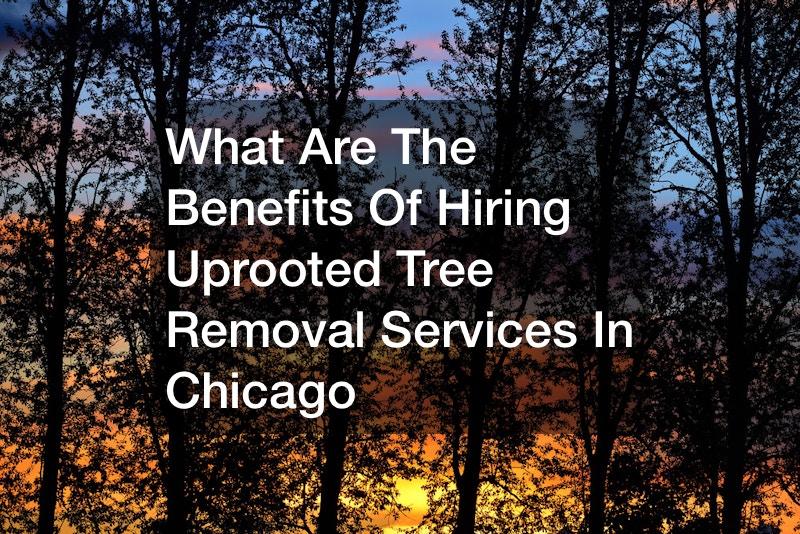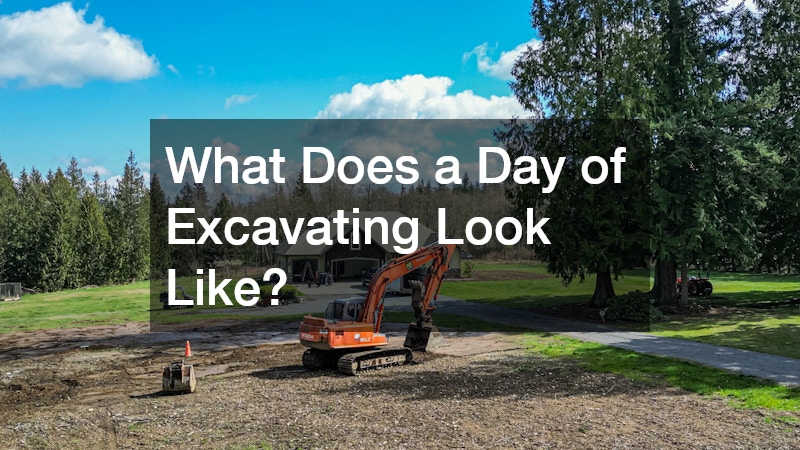Trees are a beautiful part of any yard or landscape. They offer shade, improve air quality, and even boost your home’s curb appeal. But sometimes, a tree that once looked healthy begins to show signs of trouble—and knowing how to tell if a tree is dying can save you a lot of time, money, and potential hazards down the road.
In this guide, we’ll walk you through the common signs of a dying tree, how to confirm whether it’s truly on its way out or just stressed, and what steps you can take if your tree is indeed dying.
Why It’s Important to Know If a Tree Is Dying
A dead or dying tree isn’t just an eyesore—it can be dangerous. Falling branches or even the whole tree can damage property or injure someone. It can also invite pests or diseases that spread to nearby plants.
Knowing how to tell if a tree is dying helps you:
- Prevent accidents and structural damage
- Keep your landscape healthy
- Avoid unnecessary removal costs
- Make informed decisions about pruning, treatment, or replacement
First, Is Your Tree Dying or Just Sick?
Before jumping to conclusions, it’s important to know that not all trees showing symptoms are dying. Like humans, trees can get sick or stressed due to weather, pests, or lack of nutrients—but with the right care, they can recover.
Here’s how to start investigating:
- Check the season: Is it autumn? Many trees naturally shed leaves or change color.
- Look at other trees nearby: If they’re struggling too, it might be environmental stress (heatwave, drought, etc.).
- Consider recent changes: Construction, soil compaction, or excessive watering can impact root systems.
How to Tell If a Tree Is Dying: Common Signs to Watch For
1. Sparse or Dead Leaves
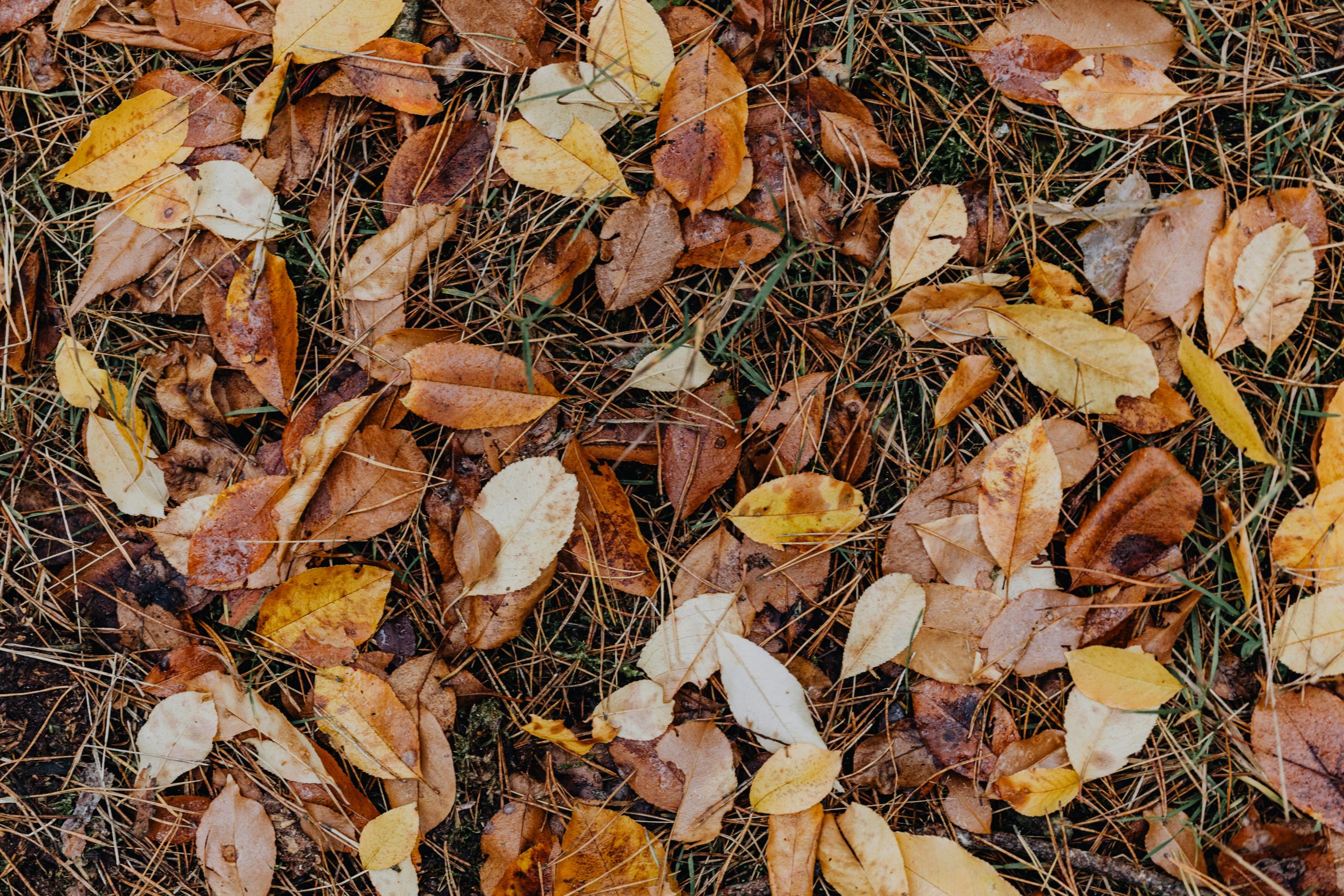
One of the first warning signs that a tree is in trouble is unusual leaf behavior. If you notice any of the following, it could indicate a dying or severely stressed tree:
- Leaves falling too early in the season: If your tree is dropping leaves in spring or early summer, that’s not normal. It could be reacting to stress caused by drought, disease, or root damage.
- Leaves turning brown or yellow out of season: Healthy leaves should stay green through most of the growing season. Discoloration, especially in patches, could point to disease or internal decline.
- Uneven foliage or bald spots: A healthy tree has a full, balanced canopy. If you see sections of the tree with few or no leaves, it may be struggling to support growth in those areas due to root damage or poor nutrient flow.
- Only one side affected: Leaf loss or discoloration on one side may suggest localized root rot, trunk injury, or soil compaction on that side of the tree.
The canopy is your tree’s first line of visual communication. A declining canopy means the tree isn’t getting what it needs from the ground up.
2. Bark That’s Peeling or Falling Off
Bark protects the vital inner layers of a tree. When it starts deteriorating, it often signals deeper issues:
- Peeling or flaking in large sections: Trees naturally shed small bits of bark, but widespread peeling or chunks falling off is a red flag. It usually means the tree isn’t transporting nutrients properly.
- Bare or exposed wood: Missing bark exposes the tree to insects, disease, and weather. If you see large patches without bark, especially near the base, that area could be dead or decaying.
- Deep vertical cracks: These can be signs of internal weakness. Trees with cracks in the trunk may have already started to rot on the inside.
- No regrowth: If you scratch the bark and find dry wood underneath rather than green tissue, that part of the tree is dead.
3. Dead or Falling Branches
A tree may slowly die from the top down or from the outside in. Watch the branches for these symptoms:
- Brittle, dry branches: Snap a small twig. If it breaks easily and is brown and dry inside, it’s dead. A healthy twig will bend and reveal green tissue when scratched.
- Branches without buds: In spring, most trees push out new buds on even small branches. If you see bare twigs with no buds or growth, they may no longer be alive.
- Large limbs dropping without wind: If branches fall during calm weather, the tree could be too weak to hold its own structure. Deadwood becomes brittle and breaks easily under its own weight.
- Multiple dead limbs: One or two dead limbs can be normal. But if a third of the crown is lifeless, the tree is likely in serious decline.
4. Fungus or Mushrooms at the Base
Fungi feed on decaying matter—and if they’re growing on or near your tree, it could mean the internal wood is already decomposing:
- Mushrooms at the trunk or roots: Especially bracket fungi or shelf mushrooms, which often indicate rotting wood underneath.
- Fungal growth on the bark: Discoloration, fuzzy mold, or blackish spots on the bark may signal that moisture and decay have penetrated the tree’s defenses.
- Unusual smells: A musty or sour odor around the tree base can be a sign of rot or fungal infection. Healthy trees shouldn’t have a strong scent.
Fungi are a late-stage symptom in most cases. Once they appear, structural integrity may already be compromised.
5. Trunk Damage or Cavities
The trunk is the core support system of any tree. Damage here is serious—and often irreversible.
- Large cavities or hollow areas: Some trees survive with cavities for years, but if they’re deep, expanding, or paired with other symptoms, the tree may be unstable.
- Soft or spongy wood: Press on the trunk. If it feels soft or crumbles, internal decay has likely set in.
- Vertical splits: Deep cracks or seams running down the trunk can be caused by extreme temperature changes or internal stress. This may signal a tree that’s breaking apart from the inside.
- Insects nesting in the trunk: Carpenter ants, termites, and other pests don’t attack healthy wood. Their presence may mean the tree is already dead or dying.
6. Root Issues
Though you can’t see most of a tree’s roots, there are above-ground warning signs:
- Exposed or lifting roots: If roots are coming above the soil or the ground around the tree is heaving, the tree may be unstable. It can also mean the tree is struggling to anchor itself.
- Foul odors: Rotting roots often emit a sour or moldy smell. Get close to the base and check for unusual odors.
- No new growth: If the tree has stopped producing suckers (new shoots) near the base or roots, it may be losing its vitality.
- Leaning: A sudden lean or tilt—especially if combined with loose soil or visible roots—is a serious danger sign. It could mean a total failure of the root system is imminent.
How to Confirm If a Tree Is Dying
Try the Scratch Test (Step-by-Step)
- Pick a young twig or small branch (ideally pencil-thick).
- Use a knife or fingernail to lightly scratch away a small strip of bark.
- Look for what’s underneath:
- Green and moist = alive
- Brown, dry, or gray = dead
- Test several areas. Sometimes a tree dies limb by limb.
The scratch test is a fast, low-tech way to spot-check health.
Watch It Through the Seasons
Trees respond to the changing seasons, but dying trees may not follow the usual cycle:
- Spring: Are buds forming? Are leaves emerging evenly?
- Summer: Does the canopy look full, green, and healthy?
- Fall: Are leaves changing color naturally or dying too early?
- Winter: Does the tree hold dead leaves or look brittle?
A living tree may still show some life signs even if parts are stressed. Observe closely over several months to spot patterns.
Call an Arborist
When symptoms are serious—or if the tree is large and near your home—it’s best to call a certified arborist. They can:
- Use specialized tools (resistance drills, core samplers) to inspect internal wood
- Test the soil and root zone for drainage or pest issues
- Prune dead limbs or recommend full removal
An arborist’s assessment can save you from making a costly mistake, especially with high-value or heritage trees.
What to Do If Your Tree Is Dying
Option 1: Try to Revive It (If Possible)
If caught early, many trees can bounce back. Try these recovery tips:
- Proper watering: Deep, slow watering once or twice a week is better than daily sprinkling.
- Mulching: Add a 2–4 inch layer of mulch around the base (but don’t pile it against the trunk).
- Fertilization: Only apply tree-safe fertilizer after testing the soil; too much can make things worse.
- Pest and disease control: Identify the issue (fungus, borers, aphids) and treat accordingly with eco-safe options.
- Selective pruning: Remove dead or dying limbs to relieve stress on the tree and allow resources to focus on healthy sections.
Don’t overdo it—aggressive pruning or fertilizing can accelerate decline. Consult an expert before major interventions.
Option 2: Remove the Tree Safely

If the tree is clearly dying or poses a safety risk, removal is the best course of action.
- Hire professionals: For large trees or ones near structures, seek help from a reliable tree removal company. DIY tree cutting is dangerous and often illegal without permits.
- Remove the stump: To prevent pests, fungi, or suckering from regrowth.
- Replace wisely: Choose native, disease-resistant species that suit your soil and space.
Delaying removal can result in emergency situations during storms or high winds. Act sooner rather than later.
How to Prevent Trees From Dying in the First Place
Keeping your trees healthy begins long before symptoms appear.
Choose the Right Tree
- Match species to climate: Not every tree thrives in every region. Talk to a local nursery or arborist for recommendations.
- Consider root space and sun exposure: Plant trees with enough room to grow and in the right light conditions.
- Avoid invasive or disease-prone species: Some trees, like Bradford pears or certain elms, are known to fail early.
Practice Good Tree Care
- Water deeply during droughts or dry spells
- Mulch regularly to insulate roots and prevent weeds
- Prune annually to shape the tree and remove weak growth
- Fertilize only as needed, based on soil analysis
Watch for Warning Signs Early
- Perform seasonal tree checkups
- Look for pest activity or fungus during wet weather
- Monitor new growth each spring and summer
Preventative care saves trees—and saves you from unexpected expenses later on.
FAQs About Dying Trees
Can a tree look dead but still be alive?
Yes. Some trees go dormant or drop leaves early under stress. Use the scratch test or wait for spring growth to be sure.
How long does it take for a tree to die?
It varies. Some trees decline over several years, while others die suddenly from disease, drought, or damage.
Should I remove a dying tree immediately?
If it’s near structures, pathways, or people, yes. A dead tree can fall at any time, especially during storms.
Is it possible to revive a half-dead tree?
Sometimes. If the roots are intact and part of the canopy is still healthy, it might bounce back with proper care.
Final Thoughts
Knowing how to tell if a tree is dying is a crucial skill for any homeowner, gardener, or nature enthusiast. A little observation and early action can make a big difference—whether you’re saving a tree or safely removing a hazard.
If you’re ever unsure, don’t hesitate to consult a professional. Your trees are an investment in your home and environment, and they deserve the best care you can give.
